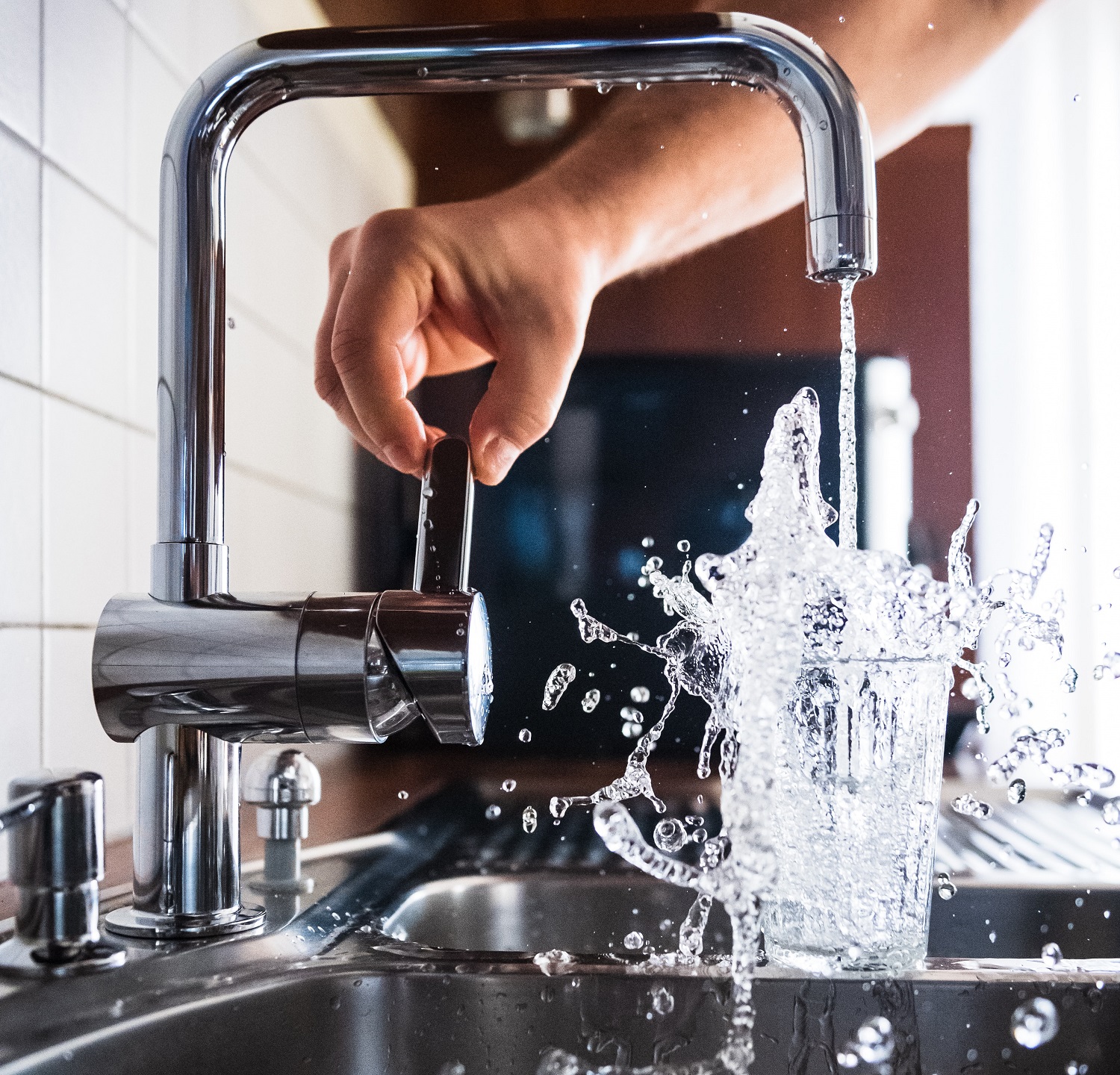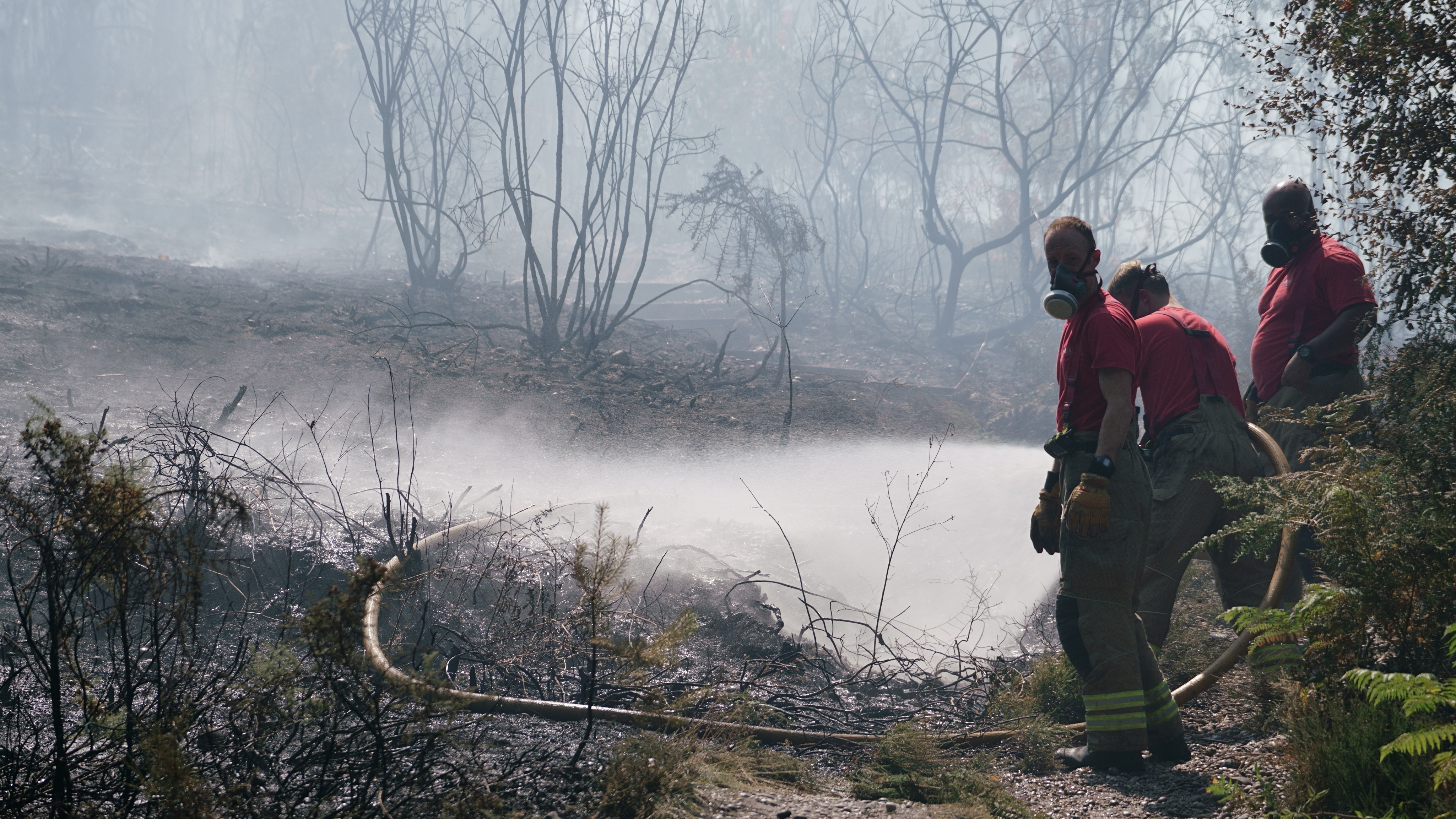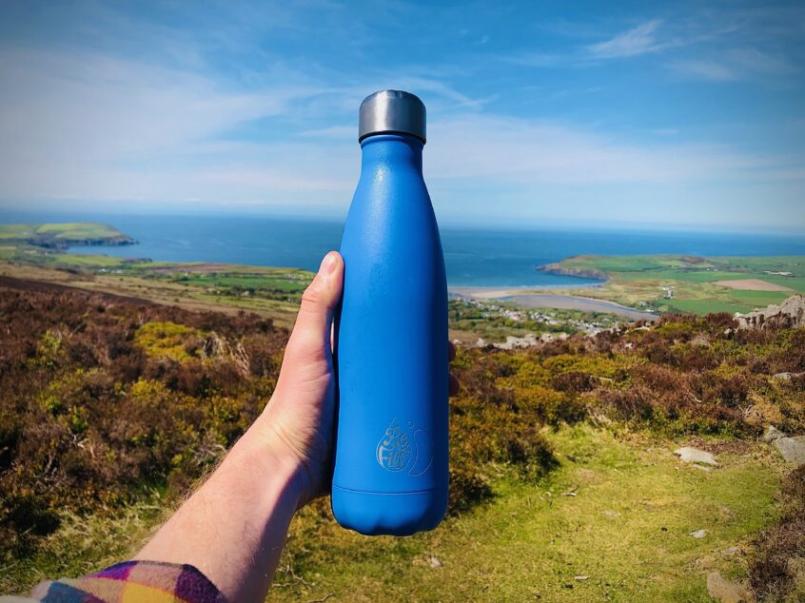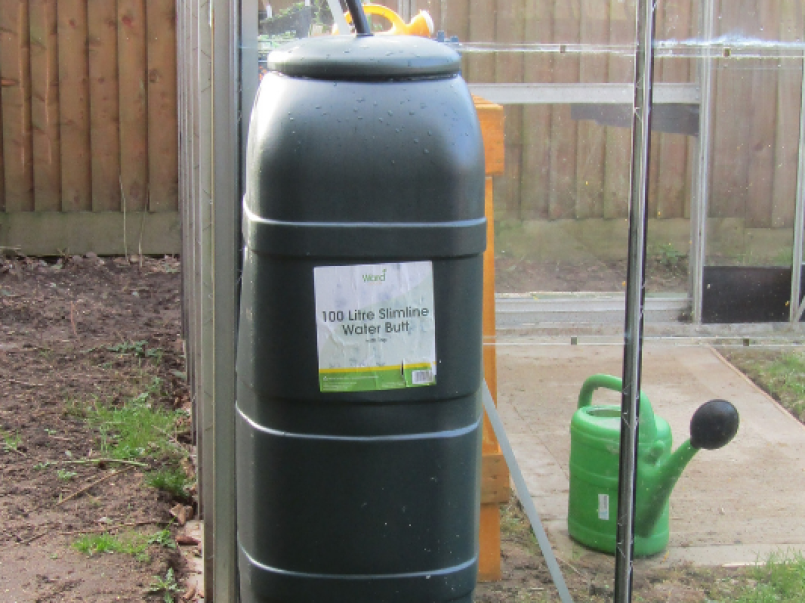80 litres per person per day
Published: 2 Aug 2022

80 litres per person per day…..ok, so not the sexiest title ever but bear with me….
Usually, Wales can be very wet! We all know that.
In Wales the average rainfall is 1.4 metres per year. This is equivalent to the height of an average 8-year-old child in rainfall covering the whole of Wales.
But our climate is changing, rapidly.

The UK Met Office has declared that this July was the driest since 1935 with parts of south east England and East Anglia having their lowest rainfall in July since Met Office records began in 1836.
With crippling summer temperatures likely more and more often in future years, the risk of severe water shortages also obviously increases.
At the UK level, the National Infrastructure Committee has called for mandatory water metering to be rolled out into every home in the UK by 2030. Currently only around half of households in England and Wales have a water meter installed. Figures show that customers with a water meter use 33 less litres of water per day than those without who use on average around 141 litres per day.
Water companies have been making some progress in reducing the amount of water lost to leakages but apparently around 3 billion litres of water is still lost every day.
How much water do we use?
Depending on the source, figures would tend to show that in UK every person uses somewhere in the region of 150 litres of water a day.
If we take into account the water that is needed to produce the food and products we consume in our day-to-day lives (known as embedded water) we actually consume around 3400 litres per day. The extra amount comes primarily from the food we eat and the goods we buy (e.g. around 7,600 litres of water are used in the production of one pair of jeans or over 17,000 litres of water for 1kg of chocolate).
How many of us are in water poverty?
With horrendous price increases in our energy bills and more and more people falling into fuel poverty, we also need to ensure that water poverty is not forgotten about.
Water UK states that around 3million customers in the UK currently struggle to pay their water bills.
They define water poverty as the ratio of household income spent on water bills. They have 2 thresholds that they measure, one at a 3% ratio, another at 5%.
They estimate that here in Wales, 8.7% of households (114,000 households) fall into the 5% threshold and 27.2% (354,000 households) fall into the 3% category.
The Consumer Council for Water (CCW) for example are already running a campaign calling for a single Social Tariff ‘that would provide fair and consistent support for low-income households’.
If our weather patterns continue as they are, with wetter winters and drier springs and summers, bills will undoubtedly keep on rising as we potentially face an annual struggle to provide enough water for all our needs during longer hotter summers.
Any other bad news?
Yes….energy and climate emissions
What is maybe less well known is that the water industry is the UK’s fourth most energy intensive sector and Waterwise estimates that the industry is responsible for around 1% of the UK’s carbon emissions.
Dŵr Cymru/Welsh Water for example is one of the largest energy users in Wales (500 GWh in 2021 to pump and treat water and wastewater) and currently generate 20% of their own energy needs through renewables.
The Chartered Institution of Water and Environmental Management (CIWEM) state that: ‘An important area of emissions reduction is associated with reducing the amount of highly treated water that is required to be put into supply’.
So basically, if we can cut down the amount of highly treated water we use, we will also save a chunk of climate emissions as well as the obvious water saving and money saving benefits.
A nice segway, then, into looking at what we can do……
How can we reduce our water use?
While more metering is sensible, and water companies need to work even harder to reduce leakages from their pipes, we all need to reduce our water usage at home. Check out Dŵr Cymru’s pages for ideas and help. What else could we be thinking about?
Grey water recycling
Anyone know a good plumber?
Current estimates suggest that around 30% of our daily household water usage is for flushing toilets.
Now we could get into the old ‘if it’s yellow, let it mellow….’ saying but let's look at something else entirely.
Well, modern toilets use less water per flush than older ones, and you can always buy one of those devices that go in the cistern to reduce the amount of water you use, but is there anything else we can do?
It’s always struck me as totally weird that we go to the effort of catching water, storing water, treating it, pumping it to customers only for that drinking quality water to simply be used to flush toilets. Am I the only one who thinks that’s odd and unnecessary??
Surely, surely there must be a better way?
What about reusing our grey water? This is the water we have used once (e.g. when we have a shower) so then isn't fit for drinking. Mostly, in the vast majority of households, we don’t use this water again for anything, it all ends up down the plughole. As this water contains potentially harmful bacteria as a result of us using it once, it has a limited use (think watering the garden maybe).
How on earth, given that water is such an important and finite resource, have we not come up with a more sophisticated way for houses to re-use at least some of this grey water?
If we can design the James Webb Space Telescope and we can put Exploration Rovers on Mars, surely we can figure out a way to use grey water to flush our loos? Having said that, some companies are already looking into this and in Japan they have stolen a march on this by combining a sink on top of a loo cistern. If that sounds intriguing, do have a look online for some of the images and videos!
Imagine being able to save 30% of all our water by the installation of a bit of kit (in new bathrooms but also retro-fitted) that takes grey water, filters and sanitises it and then reuses it to flush the toilet. Maybe there is an opportunity there for a Welsh company to be the ones to push ahead with this tech or for a Welsh University to do some R&D on it?
Rainwater harvesting
This does what it says on the tin. Collecting rainwater. In the UK, we are acknowledged as being somewhat behind the times when it comes to collecting and using rainwater. There are some good examples around Wales obviously but if we know that we will have a lot of water in the winter and a lot less in summer, surely we need to be looking at rainwater harvesting on a much bigger scale now? All new homes and commercial buildings in Wales should be set up for this and efforts made to plan for retro-fitting where practical.
Rainwater harvesting also has a number of other benefits including helping reduce storm water runoff from properties during periods of heavy rain. This can, especially in urban landscapes, help reduce the volume of water discharged into the main drain systems which in turn can help reduce some flooding risk.
What else can we do?
So water-about (sorry, couldn’t resist that one!) this…. Let’s review our daily water use target.
These targets are not a new thing, they already exist.
In the UK, Defra has set an average water consumption target of 130 litres per head per day (l/h/d) by 2030. This sort of reduction (from 150l/h/d to 130 l/h/d) would result in less water being required to be put into supply and deliver associated carbon savings.
In Wales, we have a target of 110 litres per person per day in new dwellings.
Sounds ok doesn’t it?? But…
Well, residents of Copenhagen currently use about 100litres per person per day and residents in Brussels are already at 96 litres per day per person.
The Code for Sustainable Homes (CSH) for example also sets out average water consumption levels per proposed occupant in new build houses, with a range of 120 l/h/d for Level 1, to 80l/h/d or less for the highest levels (5 and 6).
It would seem sensible that we set ourselves an ambitious water use per person per day target here in Wales too.
A target of 80l/h/d would drive a lot of these water saving measures, would encourage grey water and rainwater harvesting and the possible introduction of new tech, would help reduce water poverty, would protect our precious water resources and would also reduce our climate emissions from this sector.
Without a stretching and ambitious target, we are unlikely then to see a lot of the changes we need, both now and longer term.
We advocate that the Welsh Government, Dŵr Cymru/Welsh Water and other stakeholders develop much stronger national per capita water consumption targets and work to develop a water saving culture in Wales that also helps prevent low income households of falling into ‘water poverty’.





